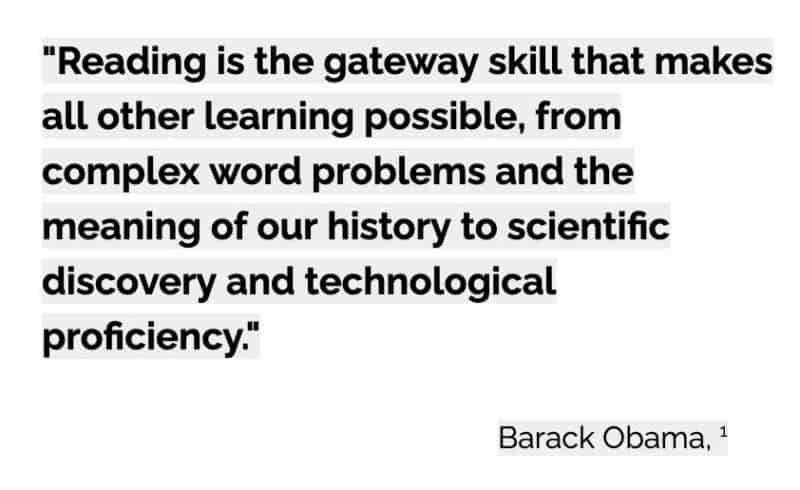Why bother reading with your child?
The Importance of Learning Reading.
Why is learning reading so important for your child? The old saying “Reading is the fount of all knowledge” holds true even in a highly technological era where we all still need to learn HOW to read.
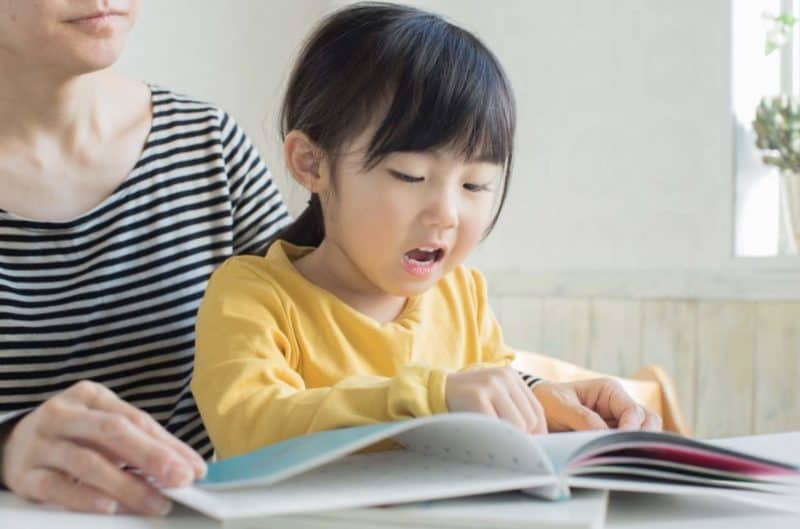
What is reading?
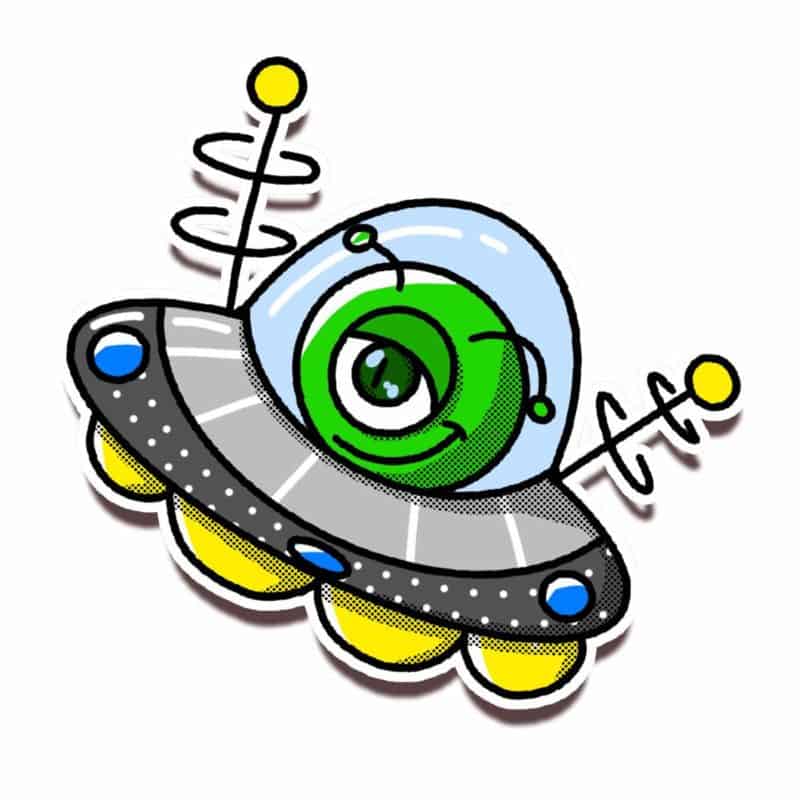 Well it’s what you’re doing right now clearly, but if you had to explain (say to the extraterrestrial whose spaceship has just landed in your back garden), what reading is, how would you do that?
Well it’s what you’re doing right now clearly, but if you had to explain (say to the extraterrestrial whose spaceship has just landed in your back garden), what reading is, how would you do that?
Reading is a process that goes on in our brains which allows us to take in, make sense of, or understand the meaning of letters, and symbols. This is done by sight or touch.
We tend to think of reading letters and words but of course, we read and interpret pictograms and symbols too. I bet you can instantly interpret the meaning of the symbols in the picture below – no words or letters needed.
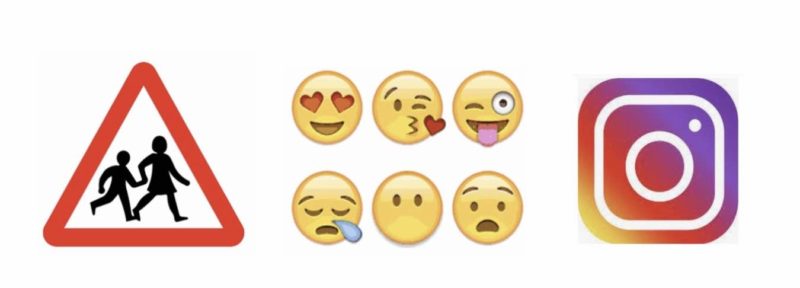
Yet, when we talk about reading and learning to read we think of starting out with letters and their sounds. It is, however, a multifaceted process that incorporates:
- Letter and word recognition,
- Phonics (which links letters or groups of letters to their sounds) and phonemic awareness
- Alphabetics – all the way from A to Z (pronounced Zee or Zed, depending on where you live )
- Orthography – fancy term for spelling
- Comprehension – your child may read a word but do they understand it?
- Vocabulary – grows from a very young age but can be significantly increased by reading
- Fluency – the ability to read with ease.
- Motivation – is it fun? intriguing? puzzling? too difficult? too easy?
Why is Learning How to Read Important?
Reading is, therefore, an essential life skill. It is the key to opening up an entire world of learning.
So how can we turn our children into readers?
Where should we start?
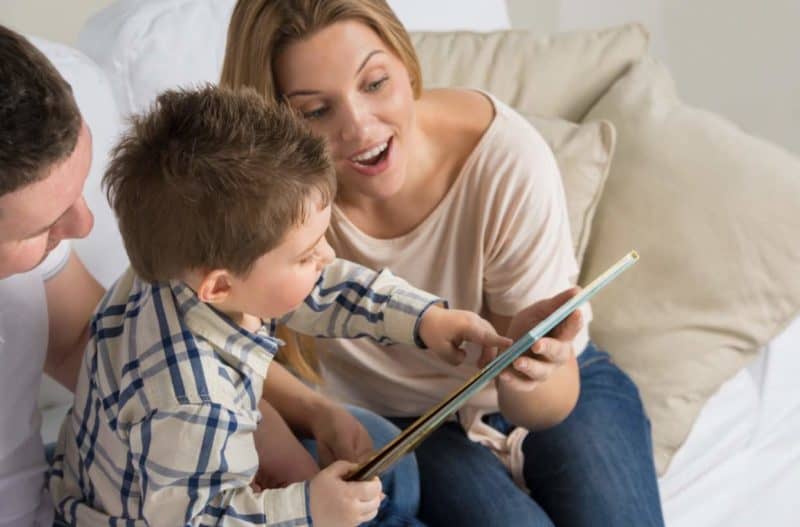
Start when they’re very, very young.
Children learn to speak naturally. They listen and absorb the sounds around them as they hear other people speak. They imitate and practice, over and over again.
Reading, however, is not a natural process. Kids need help to learn to read.
How does that happen? The pre-reading stage begins with children as young as 6 months and can go until they are around 6 years old. During this stage, kids are listening to stories and looking at pictures. When they are also encouraged to start looking at the text, this can enhance their reading development. (2)
Reading to children is a massive help in the development of vocabulary and it also creates that all-important LOVE of reading.
Being read to early helps children understand language and brings huge benefits at school, when they start to read themselves and, of course, later on in life.
Kids who snuggle up in a lap or for that bed-time story also grasp the ability to hear and manipulate the individual sounds (phonemes) of oral language and grow in their phonemic awareness.
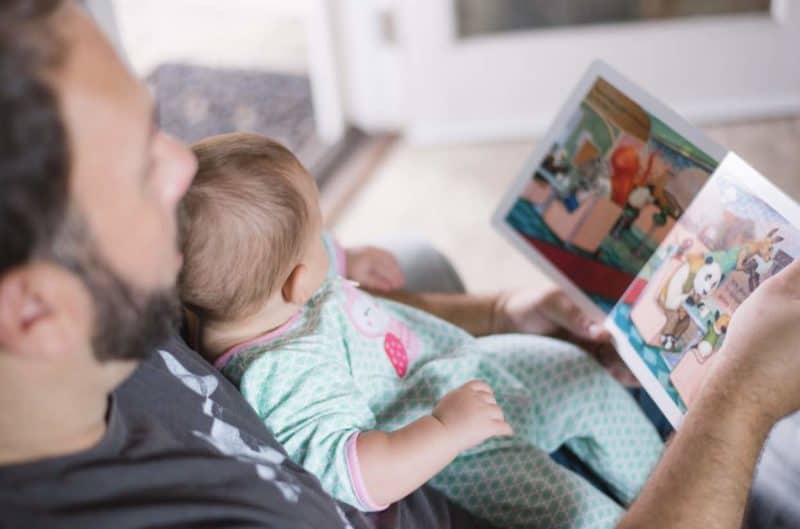
There is no App to Replace Your Lap
There are so many books to read for kids, even the youngest children. Cloth books, bath books, books that squeak and play music, books that make animal or bird sounds, pop-up books, peek-a-boo books, the list goes on.
Inspiring this love of books is one of the best ways of preparing children for a lifetime of enjoyment, inspiration and learning through reading.
How to engage kids in the learning process
Brilliant ways to ensure that books and reading are familiar and fun – Snuggle up on the sofa or in bed and make story time part of the daily routine.
- Get your child to choose a book or two for your reading time.
- Encourage them to tell you why they picked this book.
- Ask them what they like and dislike about the story
- See if they can point out different animals, colors, buildings, vehicles etc.
- Make books accessible on a low shelf
- If you have sufficient space, store the books so the covers face outward. That way your kids can recognize books they enjoy and make their choices easily.
Warning for parents – Small children adore repetition and familiarity, so be prepared to read the same few books over and over and over again. This is perfectly normal and they will move on to new books – eventually. 😊
Reading Rocks!
The more children interact with books, the better their reading skills grow. They come to realise that the sounds (phonemes) they hear connect to the letters (graphemes) they see on the page. (3) They are learning the secret code that parents already know, in other words, decoding and understanding phonics.
For children learning to read English, they will also need to memorise some words that occur frequently but do not really follow basic phonological rules (Words such as who, are and goes, commonly known as sight words) – Italian children have a much easier time in this respect! Think of all the italian you speak fluently – pepperoni, pizza, bambino etc
Reading and speech help and compliment each other – reading increases vocabulary, while a rich vocabulary facilitates skilled reading. (4)
As reading skills grow, so does enjoyment. Young kids have a great sense of achievement when they say “Listen, I can read this!” Success breeds success and children discover that reading rocks!
We speak the same language but….
One thing that has always fascinated me personally is how differences have emerged in the same language.
This occurs in terms of spelling (color and colour, recognize and recognise, etc.), and comprehension. The same words can have very different meanings!
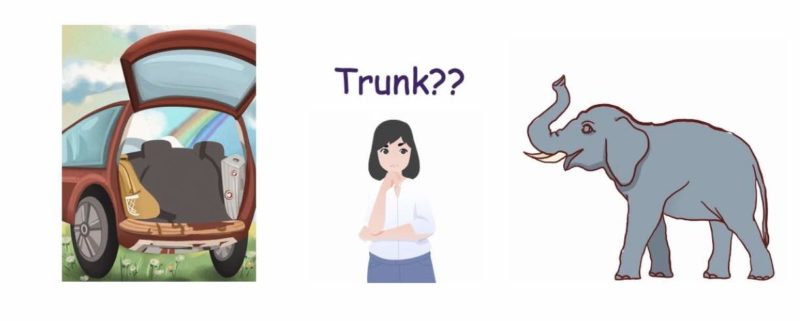
This makes it all the more challenging for our children. Yet amazingly, as they develop their reading skills, they learn to interpret the meaning through context. They become fluent readers.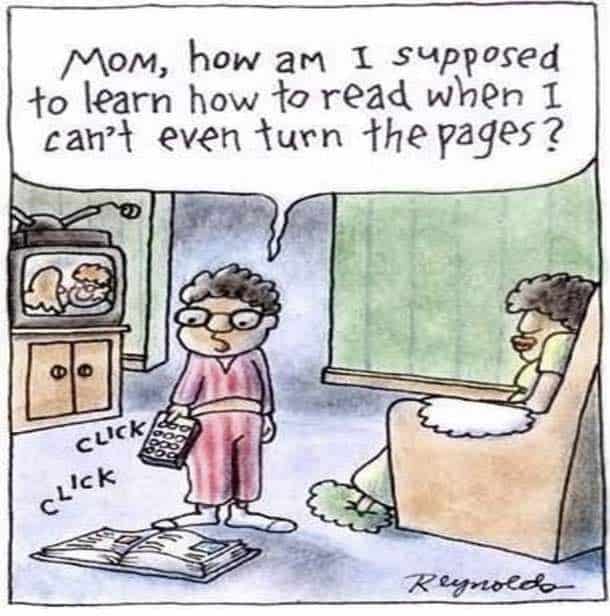
Despite all the tablets and computers, smart watches and home pods (alexa and her mates), our children do need to be able to read to succeed in life. It is still essential!
So, help them learn… grab some good books and your kids and find a quiet cosy spot, the sofa, blanket in the garden or out in nature.
Settle down and enjoy some quiet quality time for all the gang!
Here’s your chance to help your young kids get started! An Activity book filled with pre-reading and writing activities.
These activities
- Develop the skill that will help them to recognize the ‘og’ phonic grouping
- Simple activities to just print out and hand to your kids to do themselves
- Exercises to boost pre-writing skills
- Activities that you and your child do together
- Letter sound and name recognition
You don’t need to create pre-reading and reading activities yourself – they are already done for you here!
Grab the complete activity book now and enjoy instant access.
On sale for this week so grab it quickly! 👍😊
References:
- Barack Obama. From his speech, “Literacy and education in a 21st Century Economy” given to the American Library Association on June 25, 2005.
- Alix Spegel (2012-05-29). “Small Change In Reading To Preschoolers Can Help Disadvantaged Kids Catch Up”. NPR. Retrieved 2012-07-17.
- Maryanne Wolf (2008-08-26) Proust and the Squid. Harper, Perennial pp. 115-126
- Mark Seidenberg (2017) language at the speed of light pp. 113-117
